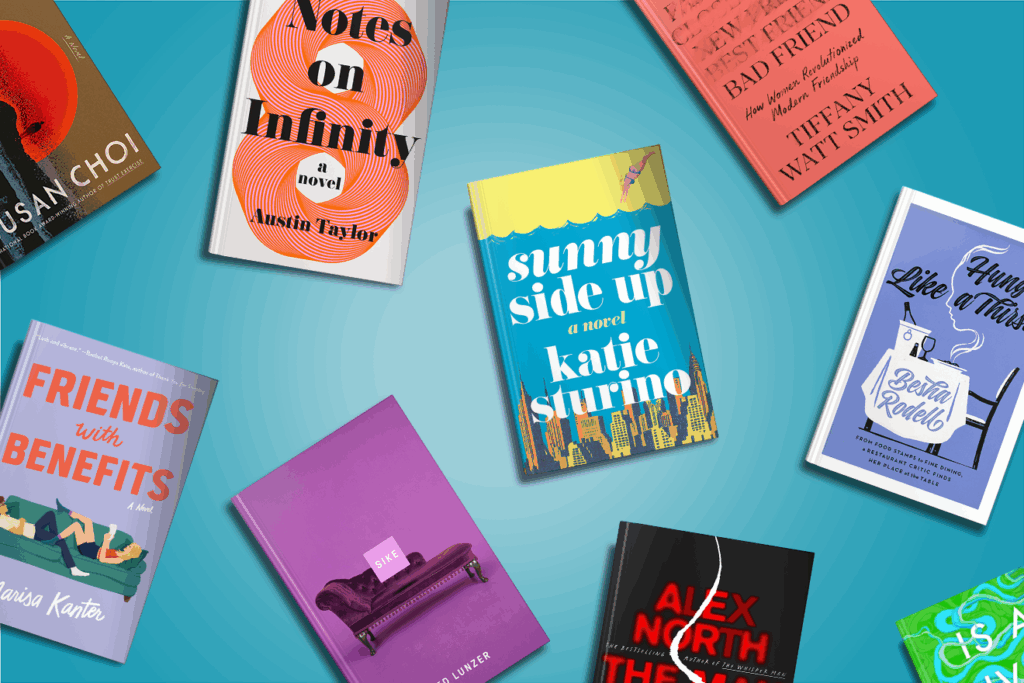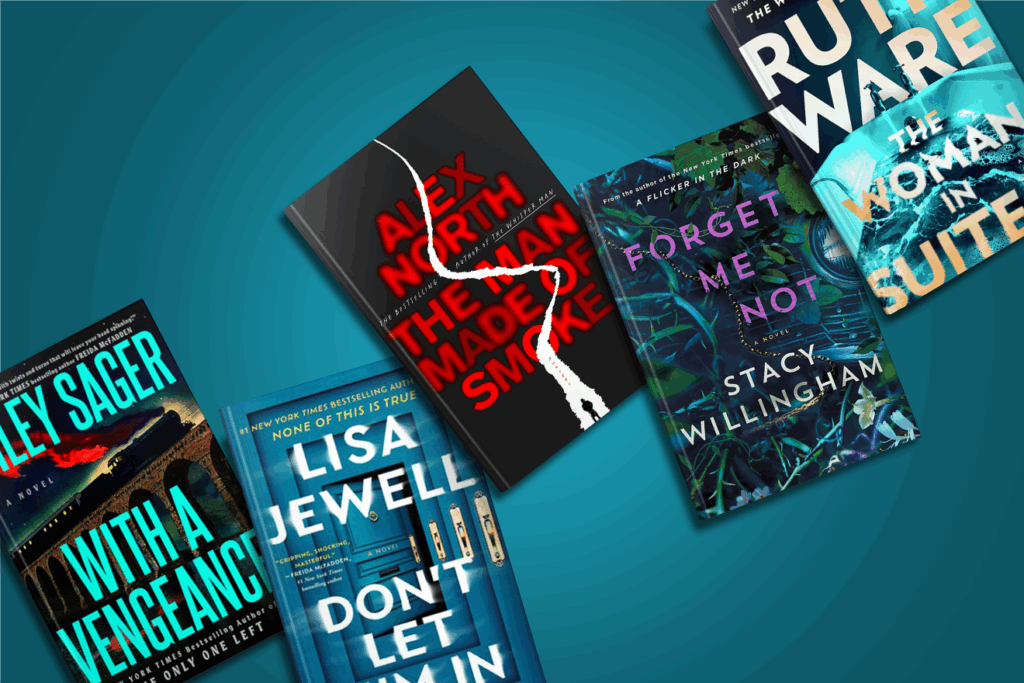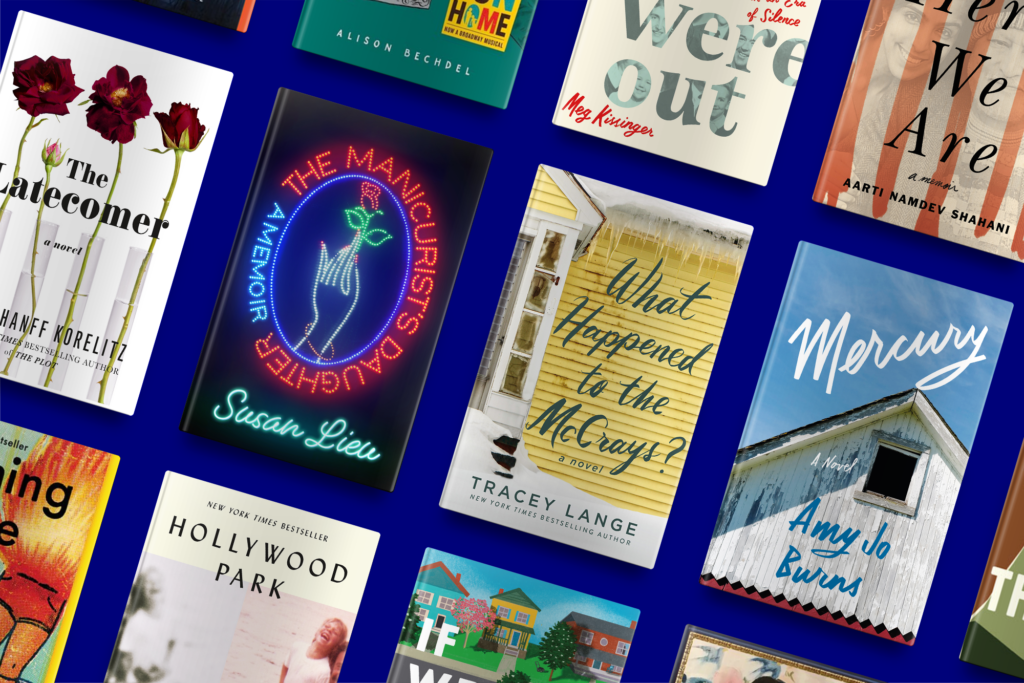Celadon’s Junior Designer Clay Smith discusses her artistic process and how the design for You’re Not Listening by Kate Murphy came together.[
When designing a book cover, where do you like to start?
Early in the design process we discuss what the editor does and doesn’t want to see on the cover, and we look at other books in the genre that have covers they love. From there, I read the manuscript or the proposal and take notes on any visual cues or interesting tidbits that I think could translate well to the cover. Then I do loads of visual research and a lot of really rough sketches. I’m constantly looking at other designers — not only book cover designers, but any designers and artists in the world making cool things. So, I collect inspo from designers and artists, and with all of my research and sketches, I begin.
How long did it take you to come up with the first design for You’re Not Listening?
Not super long, maybe a day. The first design was based off one of my early, crude sketches, and had something to do with sound waves. I’m a big believer in no matter how far-fetched the idea, putting it on paper will at least get it out of your brain and make room for other, more developed ideas.
Take us through your design concept for You’re Not Listening — the shape of an ear is obvious, but how do the colors and the white space contribute to the themes in the book?
My ear design appeared early in the process, although it was much less abstract. During an early meeting with the team, it was nixed because some felt it was too anatomical, and others were passionately anti-ear.
While pursuing other concepts I continued to try and make the ear work. It took several different forms, but one of my solutions was to simplify the shape of the ear and add the multicolored lines, making it less anatomical. In my opinion, the final image still reads clean and simple but breathes life into what was otherwise reading as being too science-y. Much of Kate’s research comes from interviewing everyday people, so the ear needed to feel very human and have easiness to it, which I tried my best to achieve with the colors, simplification, and movement in the composition.
In the end, the ear ended up on the cover because of a fluke. The editor showed Kate other (ear-free) concepts that our team was excited about. Then, without having seen any of the ear designs, her feedback suggested using an ear. Needless to say, we circled back!
Did you receive any feedback from Kate on the final book design?
She was very gracious in her feedback during the cover process, and I think she ended up really loving the ear and its subtle abstraction. Her compliments were beyond rewarding for me to hear after such a long cover process.
As a designer, what do you think is the benefit of being an in-house designer, as opposed to freelance?
I truly believe there are significant pros and cons to both, but the consistency you get as an in-house designer provides a sense of comfort that I highly value. As a young designer, who still feels like a newcomer to the working world, working in-house also provides learning experiences, feedback, and connections that I wouldn’t get if I was freelancing. I think it’s safe to say this is why many book cover designers start off in-house and move to freelance later in their careers.
Do you prefer to work in certain book genres?
It really depends on the book. I’ve read and enjoyed books from all different genres, so I wouldn’t say I’m picky when it comes to designing for a type. Some books are more exciting to work on for a variety of reasons. Sometimes the book will pique my interest more than others, or it’s beautifully written, and I can take a lot from the writing, or sometimes it’s totally weird so the cover can be experimental.
What type of books have you designed for in the past?
You’re Not Listening is only the second book to be published with my design, but I have contributed to a large chunk of Celadon’s library — primarily nonfiction with a few novels sprinkled in. Of my six covers that will be out in the world one day, three of them have somehow managed to be pet related. I suppose it’s my calling!



